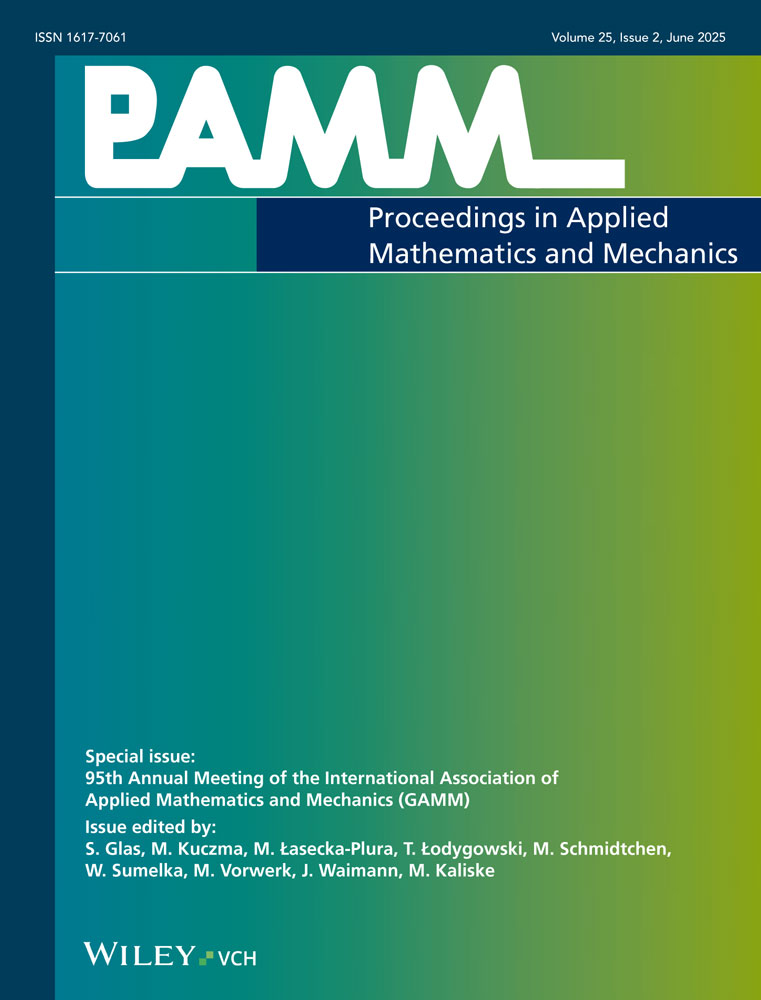Dynamic stability of a porous cylindrical shell
Abstract
This paper is devoted to a closed cylindrical shell made of a porous-cellular material. The mechanical properties vary continuously on the thickness of a shell. The mechanical model of porosity is as described as presented by Magnucki, Stasiewicz. A shell is simply supported on edges. On the ground of assumed displacement functions the deformation of shell is defined. The displacement field of any cross section and linear geometrical and physical relationships are assumed in cylindrical coordinate system. The components of deformation and stress state were found. Using the Hamilton's principle the system of differential equations of dynamic stability is obtained. The forms of unknown functions are assumed and the system of a differential equations is reduced to a simple ordinary equation of dynamic stability of shell (Mathieu's equation). The derived equation are used for solving a problem of dynamic stability of porous-cellular shell with intensity of load directed in generators of shell. The critical loads are derived for a family of porous shells. The unstable space of family porous shells is found. The influence a coefficient of porosity on the stability regions in Figures is presented. The results obtained for porous shell are compared to a homogeneous isotropic cylindrical shell. (© 2006 WILEY-VCH Verlag GmbH & Co. KGaA, Weinheim)




